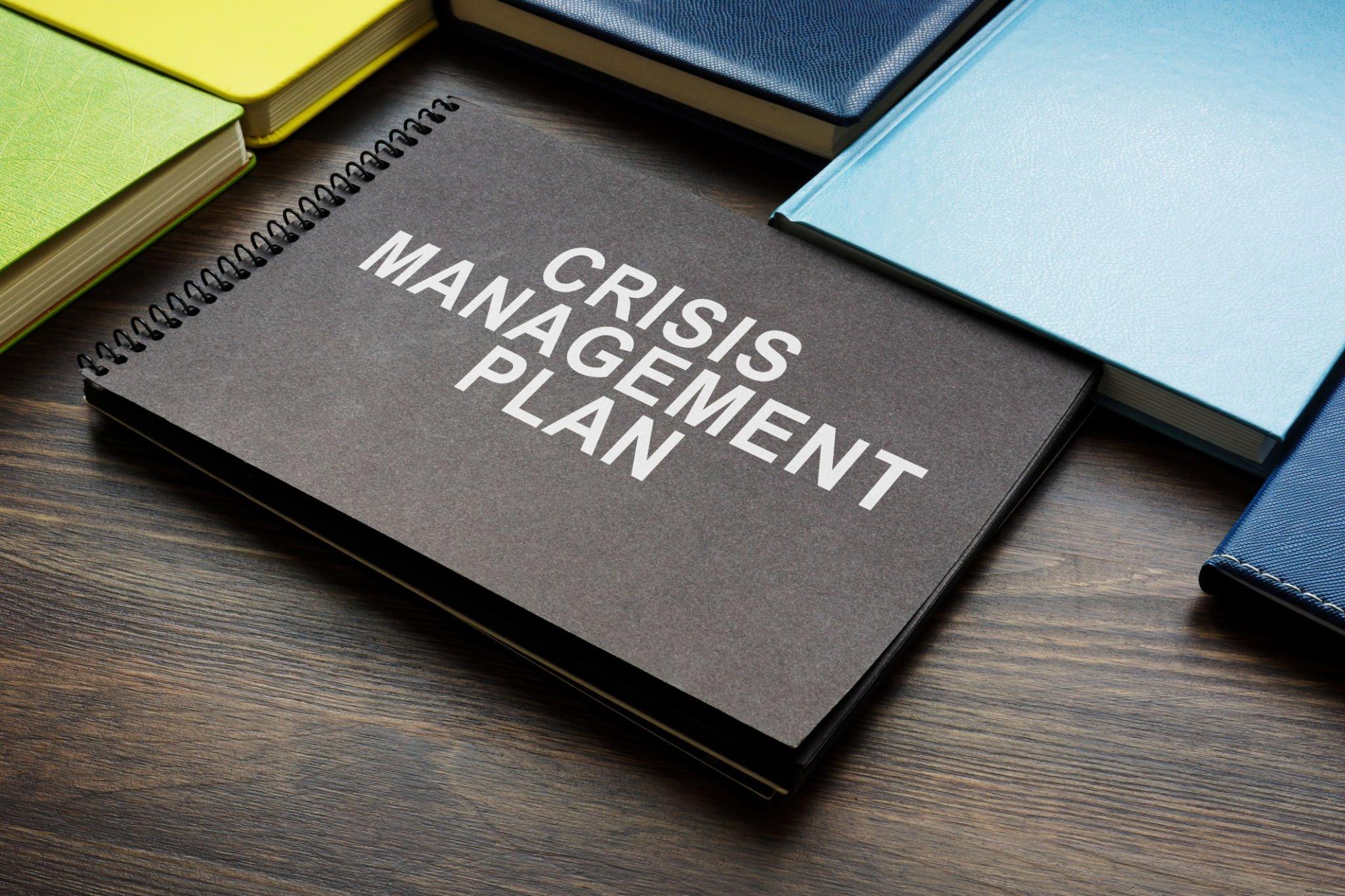Introduction
Contingency planning is an important part of any organization’s risk management strategy. It is the process of developing a plan to respond to potential events that could disrupt normal operations. A contingency plan should be tailored to the specific risks that an organization faces, and it should be regularly reviewed and updated.
What is a contingency plan?
A contingency plan is a document that outlines the steps that an organization will take in the event of a disruptive event. The plan should identify the potential risks that the organization faces, and it should outline the steps that will be taken to mitigate those risks. The plan should also include a communication plan, so that everyone in the organization is aware of their roles and responsibilities in the event of an emergency.
Why is contingency planning important?
There are many reasons why contingency planning is important. Here are a few of the most important reasons:
- Reduces the impact of disruptive events: A contingency plan can help to reduce the impact of disruptive events by enabling an organization to respond quickly and effectively. This can help to minimize damage to property, protect the health and safety of employees, and maintain customer confidence.
- Improves decision-making: A contingency plan can help to improve decision-making in the event of an emergency. By having a plan in place, organizations can avoid the paralysis that can occur when faced with a sudden crisis.
- Reduces costs: A contingency plan can help to reduce costs by preventing or minimizing damage to property and equipment. It can also help to reduce the costs of downtime and lost productivity.
- Enhances reputation: A contingency plan can help to enhance an organization’s reputation by demonstrating that it is prepared for the unexpected. This can help to build trust with customers, employees, and other stakeholders.

What are the key components of a contingency plan?
A contingency plan should include the following key components:
- Identification of risks: The first step in developing a contingency plan is to identify the potential risks that an organization faces. This should include both internal and external risks. Some examples of internal risks include computer system failures, power outages, and employee injuries. Some examples of external risks include natural disasters, acts of terrorism, and economic downturns.
- Assessment of risks: Once the risks have been identified, they need to be assessed in terms of their likelihood and impact. This will help to prioritize the risks and determine which ones require the most attention.
- Development of mitigation strategies: Mitigation strategies are the steps that an organization will take to reduce the likelihood or impact of a risk. Some examples of mitigation strategies include insurance, training, and emergency preparedness drills.
- Development of response plans: Response plans outline the steps that an organization will take in the event of a disruptive event. These plans should be specific and actionable, and they should be communicated to all employees.
- Testing and maintenance: Contingency plans should be regularly tested and maintained to ensure that they are up to date and effective. This should include conducting regular tabletop exercises and reviewing the plan after each disruptive event.
Conclusion
Contingency planning is an essential part of any organization’s risk management strategy. By having a contingency plan in place, organizations can reduce the impact of disruptive events, improve decision-making, reduce costs, and enhance their reputation.
Additional tips for contingency planning
- Involve key stakeholders in the planning process: This will help to ensure that the plan is comprehensive and that it meets the needs of all stakeholders.
- Use plain language: The contingency plan should be written in plain language that is easy for everyone to understand.
- Communicate the plan to all employees: Make sure that everyone in the organization is aware of their roles and responsibilities in the event of an emergency.
- Regularly review and update the plan: The contingency plan should be reviewed and updated at least annually, or more often if there are significant changes to the organization’s operations or risks.

